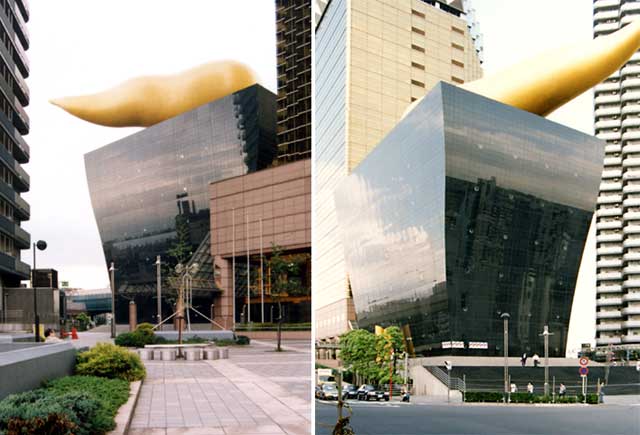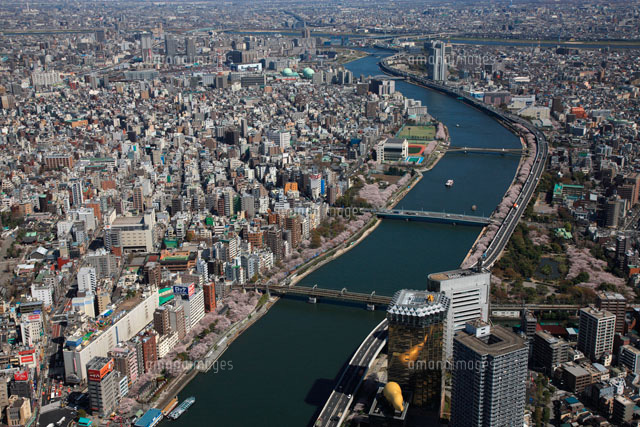Azuma-Bashi Bridge
Near the Asakusa station on Ginza-Line, there is a red bridge with 150M overall length, spanning the Sumida River between Kaminarimon district on the westside of the bank and Azumabashi district on the eastside of the bank. It is called “Azuma Bashi Bridge”.
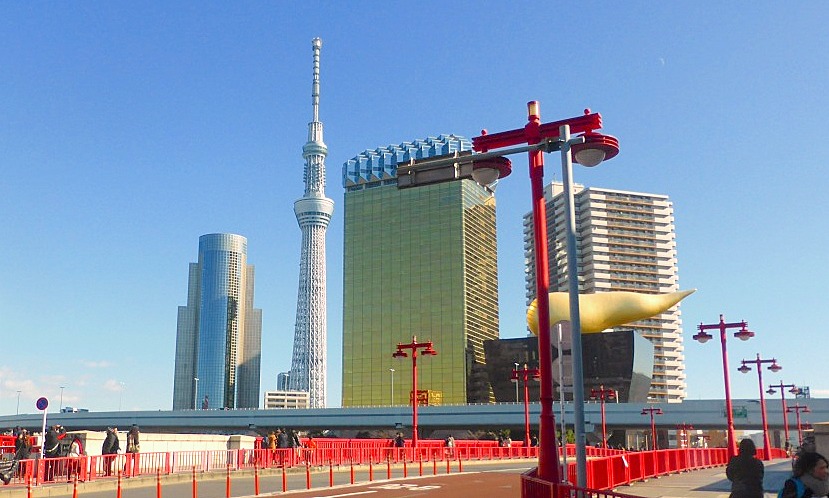


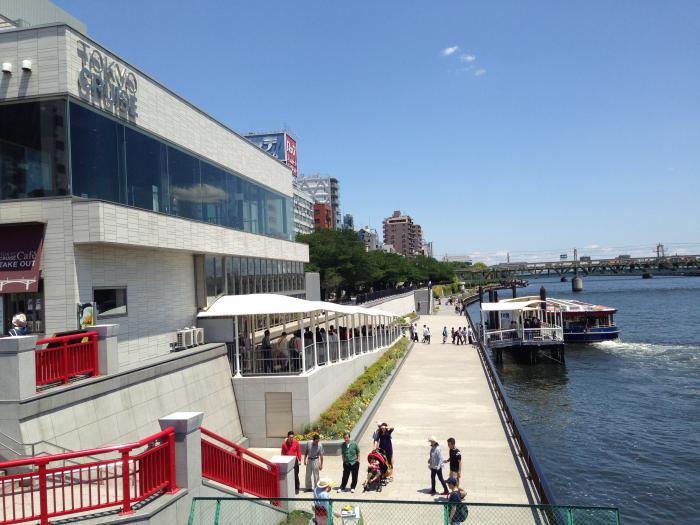

Farther heading the park, a blue-green colored bridge appears in front. It is called Kototoi-Bashi Bridge.

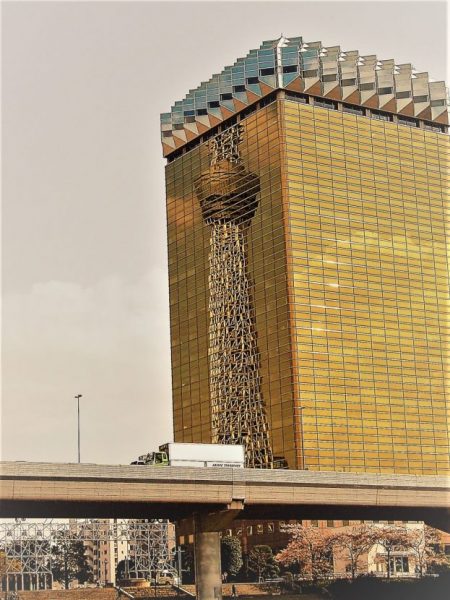
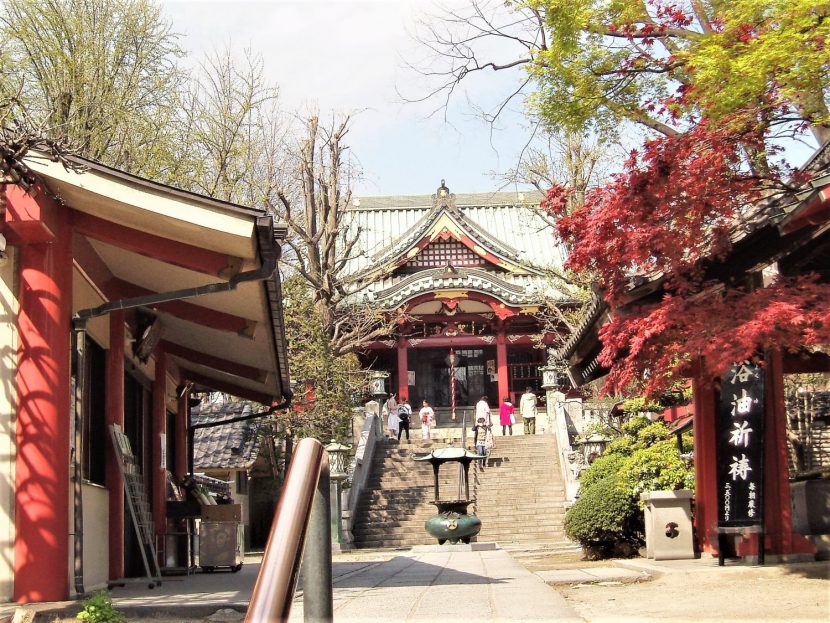
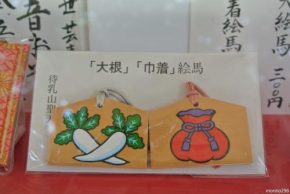
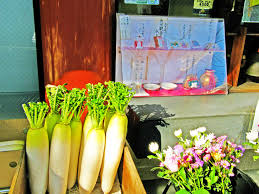
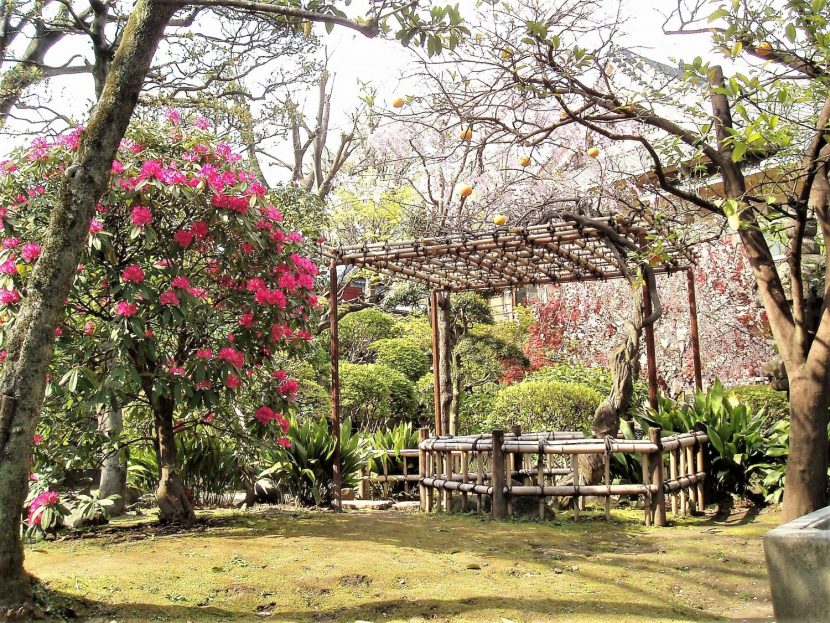
Returning to the riverside and proceeding ahead, an orange colored bridge comes into sight in front of the Riverside Sporting Center. The bridge uniquely forms X-shape and then the ends respectively bifurcate to the both banks of the river. The bridge is called Sakura-Bashi Bridge which is utilized only for a pedestrian walkway.


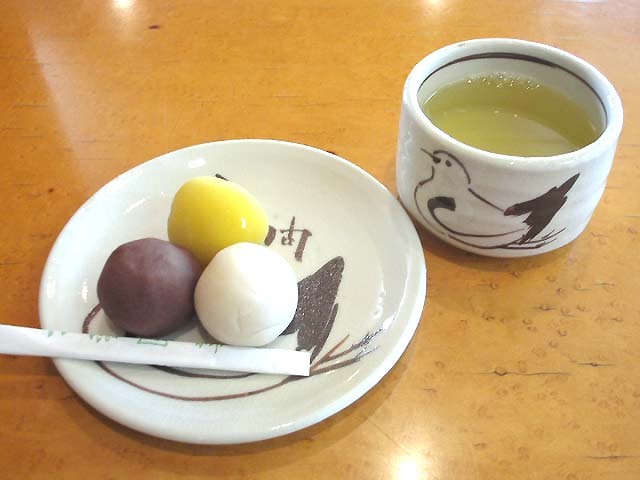
Going down the riverside from Sakura-Bashi bridge, a small modest shrine named ”Mimeguri-Jinjya”, is located on the left side of the river before Kototoi-Bashi bridge.A priest of Miidera Temple in Oomi (Current Shiga Prefecture) named “Genkei” dropped by this site during his trip to East Japan and found a small desolate shrine. And when he dug the ground to rebuilt it, he found, an image of graybeard riding on a white fox came out of a quaint pot. It was holding an orb in the right hand and an ear of rice in the left hand.Suddenly a white fox appeared out of nowhere, and run around the priest 3 times and passed away. The name of the shrine is originated in the 3 times of the run-about. Following the mysterious number 3, a unique shape of Torii-gate with 3 pillars are standing on the back side of the shrine building.Usually most of torii-gate is provided with 2 pillars.
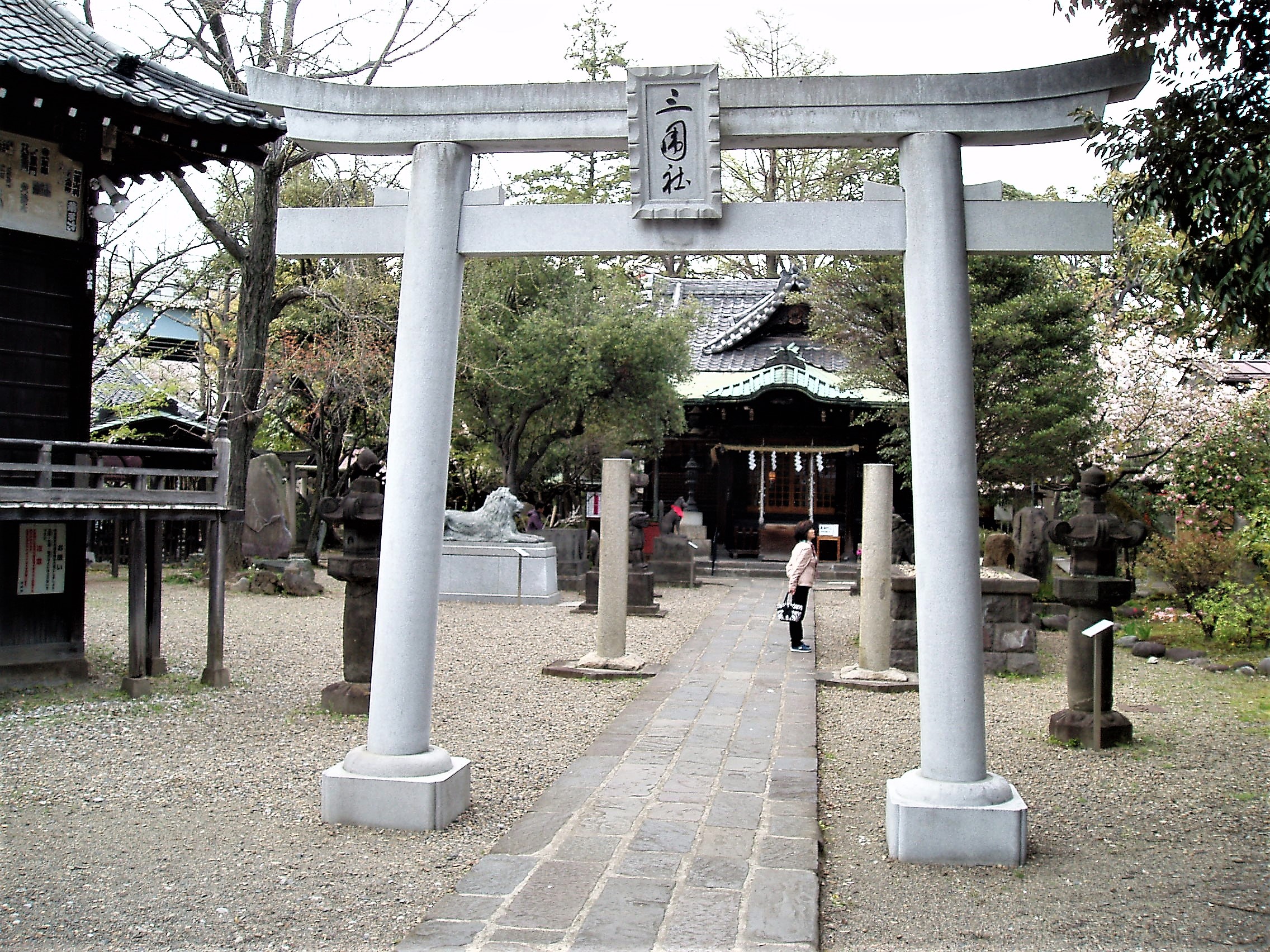
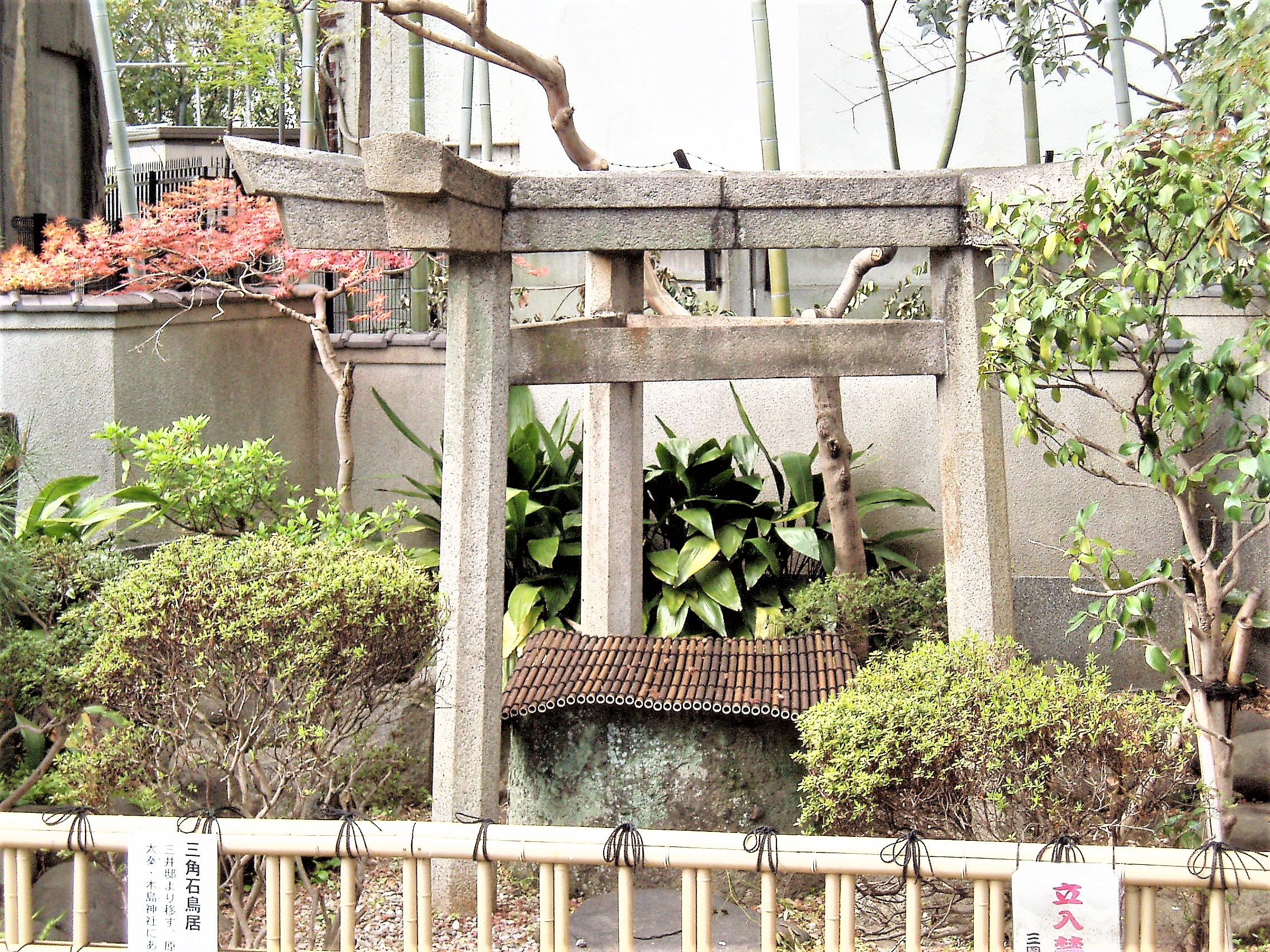
A roof of shrine building is observed over trees on the left-hand side after passing by Kototoi-Bashi Bridge. It is named “Ushijima-Jinjya Shrine”. About 1,300 years ago there used to be a part of a state-run farm called “Ushijima” where herds of cows were grazing peacefully. The name of the shrine comes from the area.In Edo period, there was the suburban residence of feudal lord, Mito family who governed the current Ibaraki prefecture.Ushijima shrine worships “Susanou-No-Mikoto”, who was a brave deity described in Japanese mythology. He was governing “Izumo” area (Current Tottori prefecture). It is said that “Susanou-No-Mikoto” in Shintoism was synchronized with “Gozu Tenno” in Buddhism who is deity to be the Indian god Gavagriva. The Gozu-Tenno is originally a guardian deity of Jetavana Monastery in India as well as guarding against epidemics.The shrine building and its Torii-gate stand with a dignified appearance.
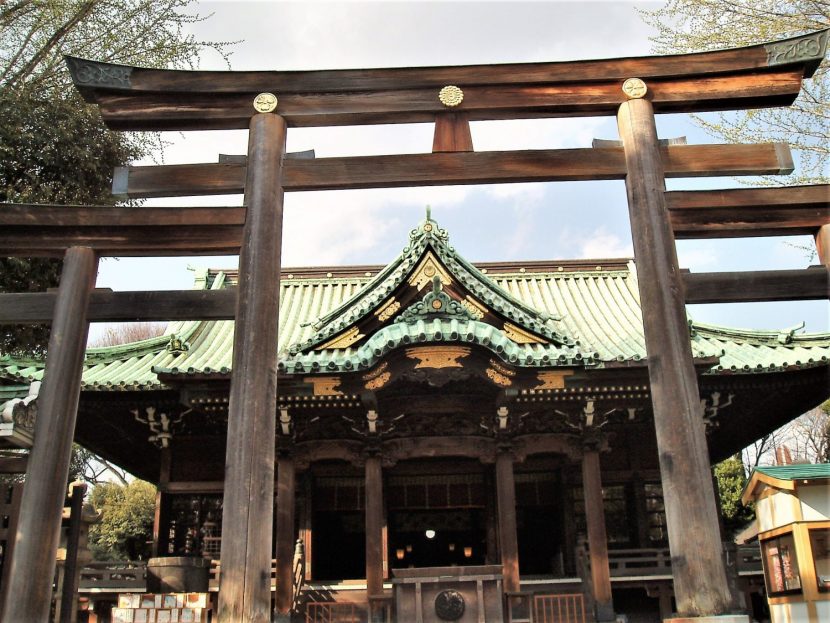
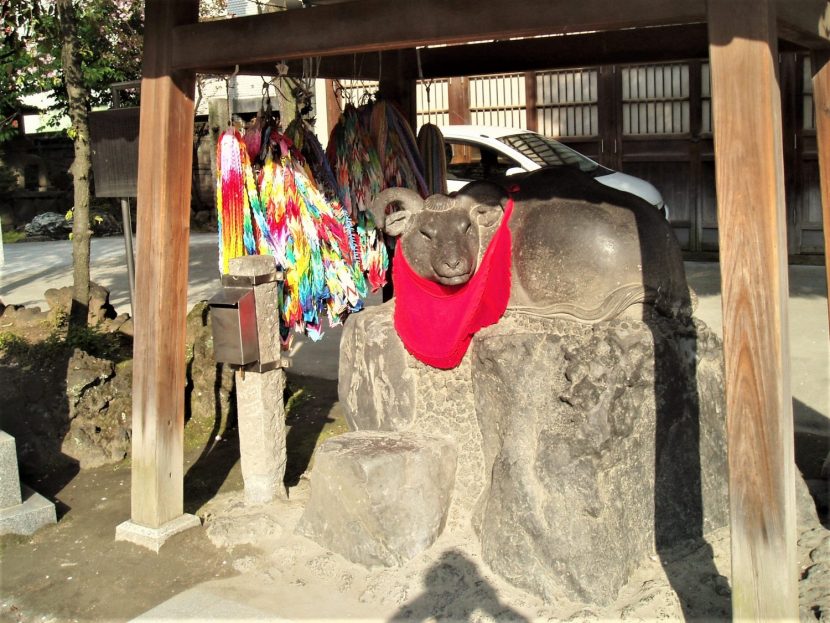
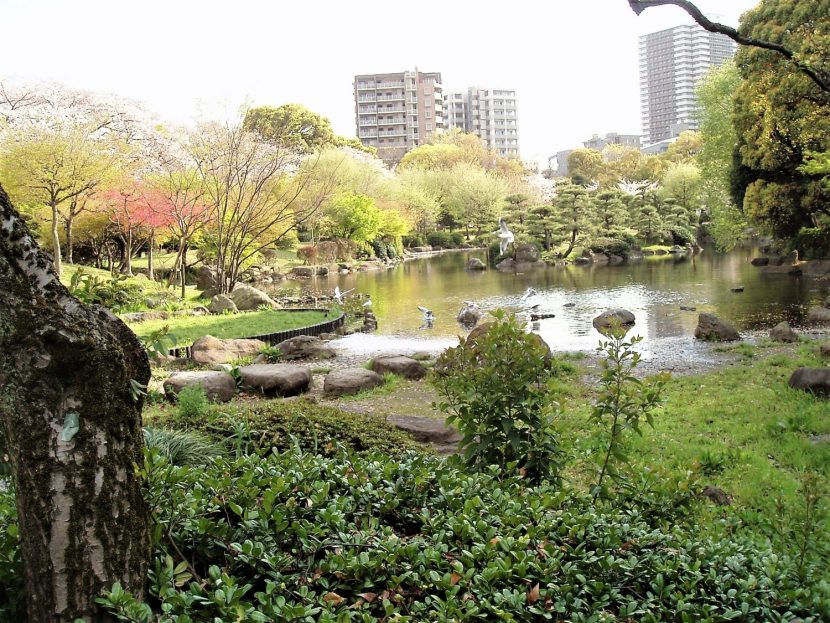
Passing through the Sumida park, the 22-story building of Asahi Brewery head quarter and the Asahi-Brewery-Super-Dry-Hall are coming into sight.These are the buildings which were observed at the west end of Azuma-Bashi Bridge on the opposite side of bank.
The Super-Dry-Hall was erected in 1989. The object on the hall is really a unique shape looking like a golden billow of foamy cloud. It becomes a landmark in the riverside area. It was designed by Phillippe Starck, a French industrial designer. He designed the object so as to express golden burning flames (Flamme D’or) with his inspiration from Olympic flame. The black building of the hall is showing a pedestal for Olympic flame.
